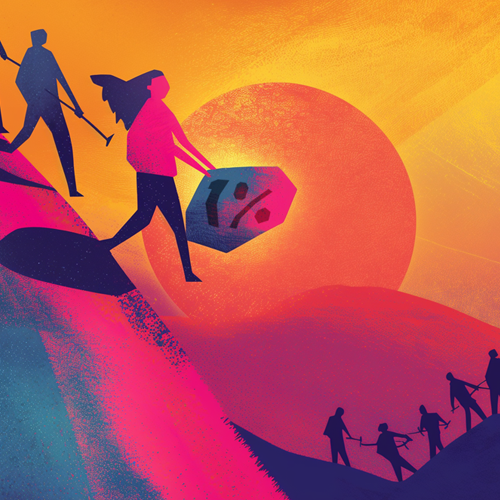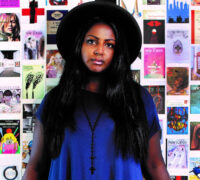Lies, damn lies, and statistics
Then last month some outrageous news broke about CALLING, a studio fronted by woman of colour Rani Patel (MD) and her white male co-founder John Tenser (ECD). Campaign Magazine poked around under the bonnet and discovered that the company is majority owned by Uncommon, Tenser’s former employers and itself owned by Havas. During its launch the CALLING was publicised as being ‘independent’ and ‘run equally by its founders’ – but while Tenser owns circa 30% of CALLING, Patel apparently has no equity in the business at all.
This is a supposed indie run by a woman of colour, and instead it’s majority owned by Havas, the 6th largest media group in the world. And guess how many of Havas’ owners are women? Yeah. Surprise.
So, I realized that maybe there’s something in this 1% figure after all.
In PRINT Magazine, Creative Director Rachel Gogel also disputes the 1% stat, but her doubt stems from the rise of women working as freelancers. The number of freelancers has risen dramatically both in the UK and the US, where they make up an astonishing 38% of the workforce. In the UK, one in eight freelancers are working mothers, which is perhaps less surprising given the ability to fit work around the chaotic schedule of raising a child. Ipse said, “The rise in self-employment since 2008 has been driven by a 69% increase in the number of highly skilled female freelancers, choosing this way of work because of the freedom, flexibility and control it provides.” If we follow Gogel’s logic, then there are huge numbers of micro-businesses run by women as a solo venture, which blasts our 1% out of the water.
But, are we supposed to accept that the top 25 largest media companies in the world are all owned by men, while women are only good enough to own their own business if it can fit neatly into one laptop case? Are men so much better at business that their agencies naturally succeed more?
Gogel argues, “…after much reflection and experience, I realized that I wanted to remain independent without taking on the responsibility of hiring employees or sub-contracting work,” and ‘solopreneurship’ is one undervalued and important way self-identifying women and non-binary individuals can start to right the balance in a male-dominated, disproportionately white industry.”
To the first part, fine: if Gogel wants to just run a solo business, that’s her prerogative. But to pretend that a bunch of ‘solopreneurs’ is redistributing wealth in our industry to offset, say, the combined billings of the top 10 agencies (which was just over £2.9bn last year, according to Nielsen Ad Intel) is doing women no favors.
When you dig a little deeper, it gets worse. According to the AIGA Design Census, although 54.5% of graphic designers in the US are women, female designers are still paid about 22% less than male designers. In the UK, research from the Office of National Statistics concluded that women in graphic design get paid 6% less than men. And, according to Kerning the Gap, only 17% of people in graphic design leadership roles in the UK are women.
Perhaps some women can pose at the kitchen table, baby under one arm and MacBook under the other, and pretend that this makes our industry more equal. But I can’t.
I believe that women need to stand up, be heard more and seen more, and start to make more creative decisions. We can’t just settle for a few solo ventures and a bit of extra press. We need ownership. We need to take control. We need, in short, to create an industry that’s not composed of Mad Men, but even Madder Women.
And not just so we can get a fairer share of the spoils. In truth, we need to do this to help save our industry. After all, according to Bankrate, over 80% of purchases and purchase influence are made by women.







 Audio available
Audio available